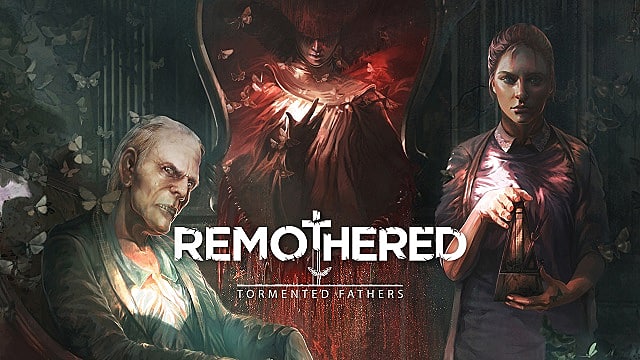

Let me start with this: I wanted to love Remothered: Tormented Fathers. In fact, I wanted to love the game so much I've been stuck in the quagmire of an existential crisis since finishing it -- specifically because I seem to have had a much different reaction to the game than a handful of other reviewers.
In fact, I've even questioned my own sanity, mirroring the torment of the characters trapped in Remothered's psychological hellscape. But ultimately, I've come to the conclusion the game is lacking in a few key areas -- and I just can't get past that.
Extolled as a love letter to games like Clock Tower and Haunting Ground, Remothered contains doses of what made those games great, but it falls short of becoming a masterful ode to those beloved franchises. Bogged down by convoluted storytelling, monotonous gameplay, and dubious sound design, Remothered: Tormented Fathers doesn't stand out because of what it does right but because of what it fails to accomplish.
But regardless of the games it's meant to emulate, Remothered's most egregious sin is this: except for the first half-hour segments of Acts I and II, Remothered isn't particularly scary in any form or fashion, whether that be physical or psychological horror. It has the tools to be -- but it just isn't.
A shame considering its potential.
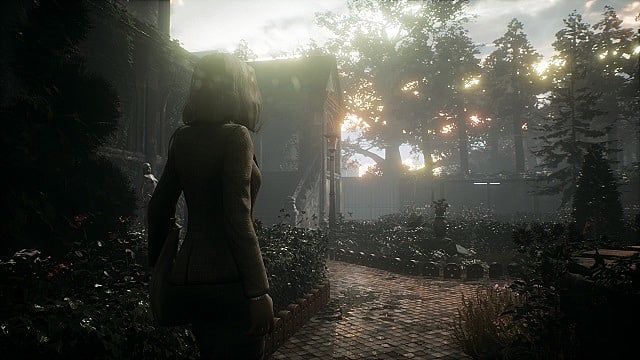
Piecing Together Tattered Memories
The plot of Remothered: Tormented Fathers is simple enough, but it's one full of convoluted twists and turns that leave even the sanest players reeling with confusion. Set up as a psychological horror-thriller, there's no doubt Remothered's plot ought to contain at least several mind-bending revelations. But when you're left reading the game's wiki to clarify beats that should be clear (or the backgrounds of certain primary characters) once the credits roll, it's obvious something important is missing.
Without going into too much detail, you play as Rosemary Reed, a woman investigating the disappearance of Dr. Richard Felton's daughter, Celeste. In typical horror-movie fashion, curiosity gets the better of the tenacious Reed, and she ultimately becomes trapped in a house of horrors, chased by a deranged psychopath bent on her destruction.
As you tiptoe around the house doing your best to avoid butchering at the hands of one of the game's three enemies (where only two ever appear on-screen at the same time), your primary storytelling devices are collectibles strewn about in various locations around the house. Whether it be portraits hanging on the walls or newspaper clippings shoved in drawers, these narrative-advancing collectibles aren't all that hard to find.
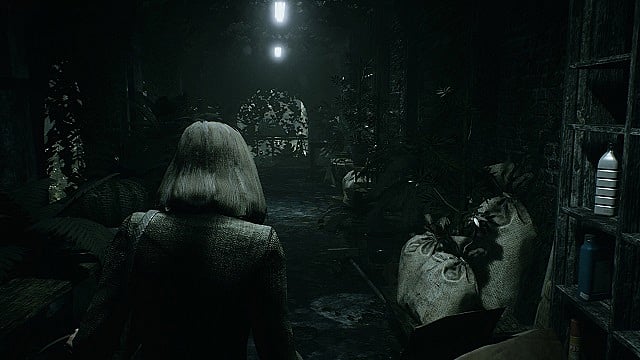
However, the story they tell isn't all that easy to fully comprehend. At some point in the past, there were experiments carried out by an associate of Felton, and those experiments didn't go well. The drug in those experiments led to tragedy, and the drug was recalled. Somehow, that drug totally bakes people's memories, morphing them into murderous sociopaths. Somehow ... moths are involved -- because according to the developers, they represent transformation, duplicity, and death. All themes I can get behind in a horror game.
Unfortunately, it's the same telling of madness, deceit, and redemption(?) we've seen play out in countless other stories. Sure, it could definitely work here -- if the narrative better aligned the breadcrumbs in a more discernible path. However, when all is said and done, I'm still not sure why any of this happened, who certain characters are, what those characters' connections are, or if certain plot points were even real (or necessary). I can infer, but even those inferences are tenuous at best.
I've played a lot of similar survival-horror games (Outlast, Amnesia, RE1, The Beast Inside), so I don't need every plot point handed to me on a silver platter to piece together what's going on. But even five days on, I'm still scratching my head, trying to figure out all the plot points and connections.
Of course, some of the answers to Remothered's questions could (and probably will) be saved for its two planned sequels (of which you'd only know about if you followed the game's development). But with so few questions answered following the game's climax, I felt left out in the cold, a feeling that continued through the game's hamfisted, weightless ending and into its credits.
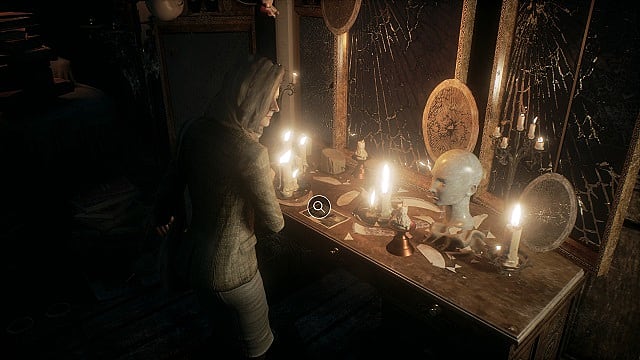
A Slow Crawl to the End
It doesn't help the story that Remothered's gameplay is meticulously repetitive. At best, Remothered can be described as a horror walking-sim with QTEs sprinkled in for added gameplay gravitas.
When you begin, it feels as if Remothered's gameplay will be a slow, terrifying crescendo into a symphony of unforgettable horror later in the game. The fact is ... that kind of happens. In reality, it's a slow burn toward a frustrating finale full of trial and error -- and tantrum-inducing insta-deaths exacerbated by a less-than-optimal save system (pro tip: do not ever quit and assume your autosave will start you where you left off).
In fact, by the time you get to the game's climactic scene, you've probably gotten bored with walking slower than a crippled snail from one end of the house to the other to find this item or that. Not to mention most of that gameplay consists of constant backtracking.
You can run, of course, speeding things up. Just expect to be constantly harassed by one of Remothered's three enemies. No matter where you are in the house in relation to where they are in the house, your enemies will find your exact location within mere seconds of you running, making it an irritating movement choice at best -- and a frustratingly deadly one at worst.
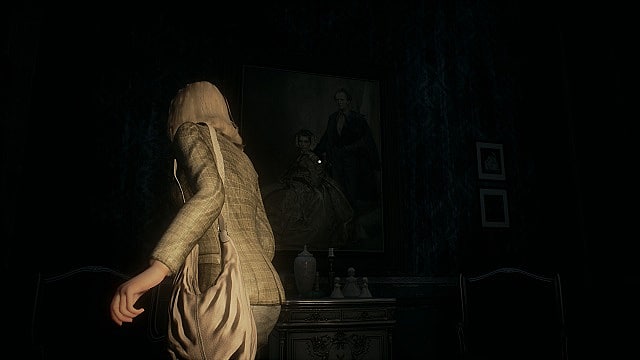
And yes, I know Remothered is supposed to reintroduce classic survival-horror gameplay to a modern audience, gameplay pioneered by titles like Clock Tower, but spending nearly 65% of the game sneaking back and forth along the same exact route can get unbearably tedious. In fact, there's so little variation in setting in the early- to mid-game that you might rather watch paint dry than look at the same bookshelf or desk or lamp over and over again.
At least RE1 took you outside the house or had greenhouses and gardens you could explore. Remothered made me claustrophobic, but not in a way that re-emphasized the narrative or conceit.
Considering that, I will say that despite its overall monotony, Remothered's control system is solid and intuitive. Moving Reed about the ostensible hell house is fluid and responsive. I could turn on a dime and dodge enemies effectively. The defensive mini-game (initiated any time you have a defensive item in your inventory and an enemy grabs you) was easy to understand and complete. The only time I died in Remothered was when I didn't have a defensive item or wasn't paying attention to the white orb in the center of the QTE.
Accessing your inventory to use items also adds a sense of dread to the game. In fact, it was one of the only times I was every really apprehensive while playing Remothered. Two or three other times I was legitimately scared by the game's deliberate horror, but going into my inventory knowing a murderer lurked somewhere behind me gave me goosebumps every time.

Gorgeous Environments, Muddy Characters
For the most part, Remothered is a pretty game. Environments are well detailed and each room is filled with embellishments that make it realistic and believable. Particularly, though, lighting in Remothered is fantastic. The sun creeping through trees in the game's opening is mesmerizing; lightning piercing through half-covered windows in the mid-game is striking; and the shadows cast by your flashlight as you near the climax can make you see ghouls that aren't even there.
But where the environments do such a fantastic job of drawing you into Remothered's diegesis, the character models often leave something to be desired, especially in 4K. At times, they're fantastically rendered. At other times, they look like something from the PlayStation 3's early days -- muddy or, as is sometimes the case with Reed specifically, strangely cel-shaded from certain angles (let's not even talk about Richard's weirdly fused butt cheeks).
Sure, Remothered was made by a small indie team, and it's not necessarily meant to be photorealistic -- or even to sport high-end graphics. But it's really the inconsistencies that crawl under my skin and burrow into my bones. At the end of the day, they're immersion breaking, sometimes bordering on the comical. And in a game centered on terror, those issues only stand out more profoundly.
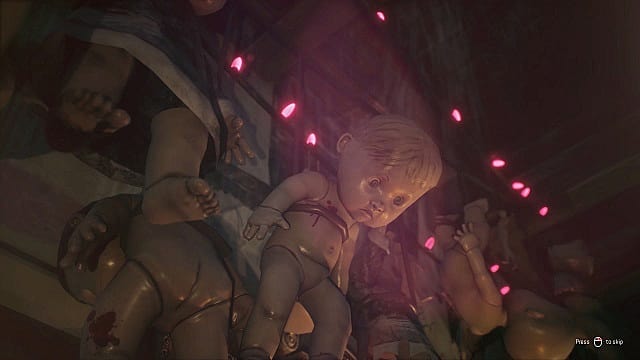
A Frightening Sonata With a Few Sour Notes
If you're looking for a game that has a moody and haunting score, you'll find what you're looking for in Remothered. Produced by veteran video game composer Nobuko Toda, who has worked on games like The Evil Within, The Evil Within 2, Metal Gear Solid 4: Guns of the Patriots, and Final Fantasy XIV, the soundtrack to Remothered emphasizes your claustrophobic surroundings and keeps you planted within the world. It adds a sense of foreboding that would be absent without it.
The same cannot be said for Remothered's sound effects and voice acting, both of which sometimes border on the atrocious. In the opening moments of the game, voice-overs are especially muddy, sounding unproduced. In some cases, you can even tell the voices are coming from a sound booth in some far-off studio. As the game progresses, there are instances where volumes fluctuate -- and where screams are unbearably loud.
The same can be said for the foleys in Remothered. Lighting a cigarette early in the game, the striking of a lighter's flint echoes -- but you're standing on the front porch of a house. Walking across leaves overpowers other sounds and dialog.
But the primary -- and most agonizing -- culprit comes in the form of footsteps. While you're supposed to be able to pinpoint where your enemies are by their footsteps and voices, that's rarely ever the case. Sometimes, footsteps are loud and clacky, as if your stalker is in the room with you. Then you find out they're actually in the room above you. Other times, footsteps and voices are muddled, as if they're coming through a wall -- but your attacker is right behind you.
It's something that can lead to hollow frights, but it often leads to cheap deaths. All of this gets better as you progress through the game, although I'm not sure if it's because the sound design gets better or if you just get used to it and adjust your playstyle.
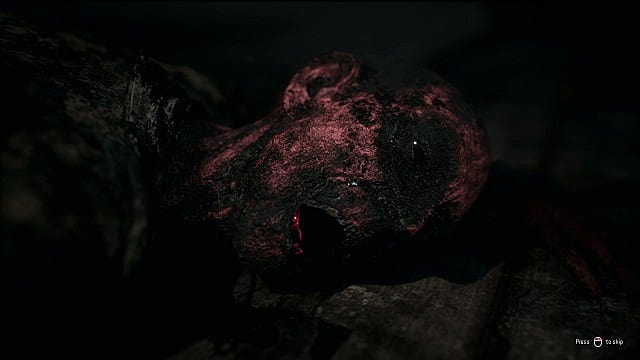
Verdict
At the end of the day, I'm being hard on Remothered because it was a game that I was not only very excited for but one that had a ton of potential. It's not unplayable by any means -- or even "broken" in the truest definition of the word. And it really does have some scary moments (specifically in the second act). But it takes so long to get there, has rage-inducing insta-deaths in its end-game, poorly edited subtitles, and inconsistent sound design -- all things that can quickly turn off gamers that would have otherwise loved it.
If you're a die-hard Clock Tower fan, you'll probably find something to love in Remothered: Tormented Fathers. But even then, this is a hard game to love. Hopefully, the sequels will fix some of the issues found here because the potential of this franchise shouldn't end here.
---
DISCLAIMER: Get the Steam Full Release of Remothered: Tormented Fathers. Coming soon for PS4 and Xbox One. Copyright © 2018 Darril Arts. All rights reserved.
0 comments:
Post a Comment